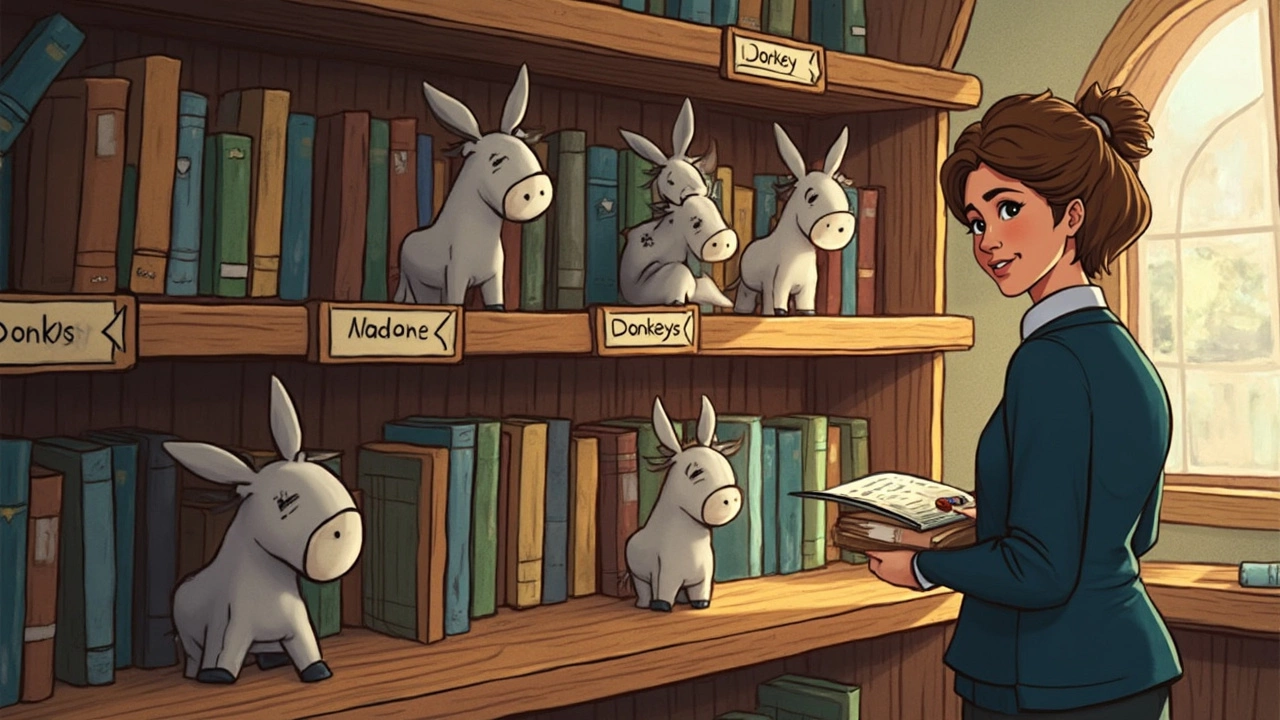Library Labels: Simple Tips for Organising Your Home Library
Ever waste time hunting for that novel you meant to read? A few well‑placed labels can turn a chaotic shelf into a tidy showcase. You don’t need a pricey system – just a bit of planning and the right label style. Below are the steps that work for any room, whether you have a tiny apartment shelf or a full‑size bookcase.
Pick the Right Label Type
Start with the material. Recycled paper labels are budget‑friendly and match our eco‑friendly vibe. If you want durability, go for vinyl or clear polyester – they survive dust and occasional spills. For a personal touch, chalkboard stickers let you rewrite categories whenever you like. Choose a size that fits the depth of your shelves; a 2‑inch label is perfect for standard rows, while deeper cabinets may need 3‑inch tags.
Plan Your Categorisation
Before you stick anything on, decide how you want to group books. Popular methods include genre, author, colour, or reading status (to‑read, reading, finished). Write the categories on a scrap of paper and arrange them on the floor to see how they flow. Keeping the system simple—no more than five main groups—makes it easy to maintain.
Once you know the groups, assign a label colour or icon to each. A green tag for gardening, a blue one for mystery, or a tiny star for favourites helps the eye scan quickly. If you’re into DIY, print labels at home using a laser printer and stick them onto the recycled paper you chose earlier. A quick trim with scissors gives a clean edge.
When you place the labels, align them at eye level for the best visibility. If the shelf is high, use a small step stool; if it’s low, position the label at the bottom edge so the titles are still readable. Make sure there’s a small gap between the label and the books to avoid smudging when you pull a spine.
Maintaining your system is easy. Whenever you add a new book, decide its group first, then slide it into the right section. If a category grows too big, create a sub‑label (e.g., "Fantasy – Epic" and "Fantasy – Urban"). This prevents overcrowding and keeps your collection looking neat.
Need a quick refresh? Just wipe the labels with a dry cloth; the recycled paper holds up well, and the chalkboard stickers can be rewritten in seconds. For a more polished look, seal paper labels with a thin coat of clear matte spray – it protects against humidity without altering the eco feel.
Finally, remember the biggest win: you’ll spend less time searching and more time reading. A well‑labelled library feels like a personal boutique, and the simple steps above mean you can set it up this weekend without a big budget or specialist tools.
-

Plural of Donkey: Easy English Rule for Shelving Labels
Ever been stuck on what to write when labeling shelves for multiple donkeys? This article walks you through the exact rule behind 'donkey' and its plural, clears up confusion with simple examples, and shares practical tips for getting your shelving labels right every time. Plus, you'll pick up some useful English tricks for handling other tricky plurals in your storage or library area. Get your shelving system organized with confidence!
